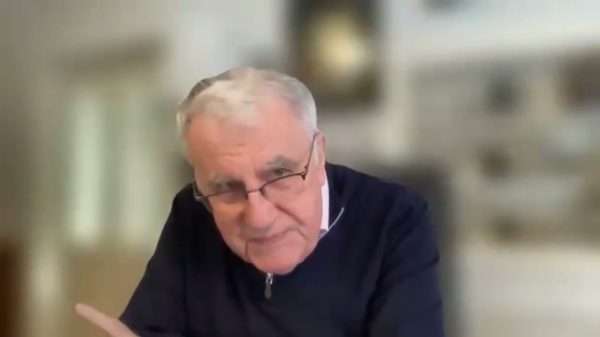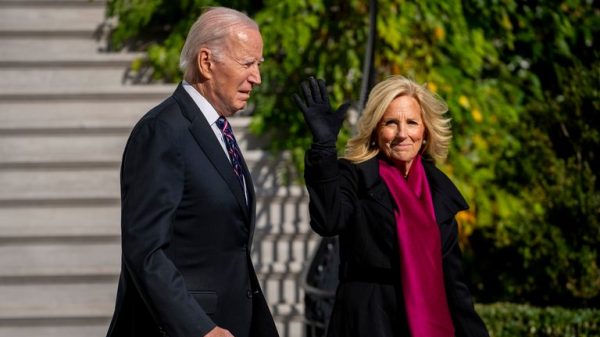
Huawei executive director David Wang (pictured) urged the industry to continue to push the limits of mobile technologies and not become complacent, as the company detailed a plan to push so-called 5.5G to maintain tech development momentum.
In a keynote speech, Wang said 2020 is the year of 5G deployment at scale, with 800,000 base stations installed globally and 110 commercial networks now live.
Devices are becoming more affordable and diversified, with the lowest price in China now below CNY1,000 ($151) and 5G models accounting for 60 per cent of total handset shipments in the mainland.
China is approaching 200,000 5G subscribers.
Wang told Mobile World Live it’s the right time to think about 5.5G to ensure the continuous evolution of 5G, which he tipped to be around for the next 30 years.
He said 5.5G may not be the most accurate term to describe the ongoing evolution or upgrade. “The name is not important. What is important is the concrete evolution or improvements we must make in the industry.”
Wang noted there were many interim steps in 3G and 4G before the next generation was unveiled: “It takes five to eight years to develop a new mobile standard.”
While Huawei may be the first to use the 5.5G term, “we are just one of many players, and I wouldn’t say Huawei is leading the initiative”.
Of course, no actual 5.5G standard exists, and Huawei’s strategy is arguably based more on marketing rather than any official technical evolution. Huawei was also the first a few years ago to coin the concept of 4.5G.
Congestion
After two years of testing 5G networks in China, Wang explained operators and vendors identified upgrading the uplink as a high priority, since it has become a bottleneck.
The data rate will double with the move from non-standalone to standalone 5G, but Wang warned this still won’t meet the requirements of many industrial applications.
He also flagged a need for higher reliability, especially for industrial applications, and noted 5G IoT standards definitions are not very comprehensive or well developed.
The same is true for connected-car guidelines, which are not well defined, restricting operators from taking advantage of various opportunities.
Wang expects to see the first 5.5G capabilities by 2025: “Then 5G can really live up to the expectations and help operators to improve their business.”
Huawei expects 6G will arrive on schedule in 2030. “If it arrives too early, operators don’t [have] time to recover the cost of their 5G investments. If it arrives too late, there may not be enough motivation to drive innovation.”





















